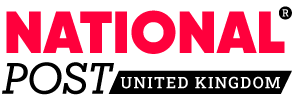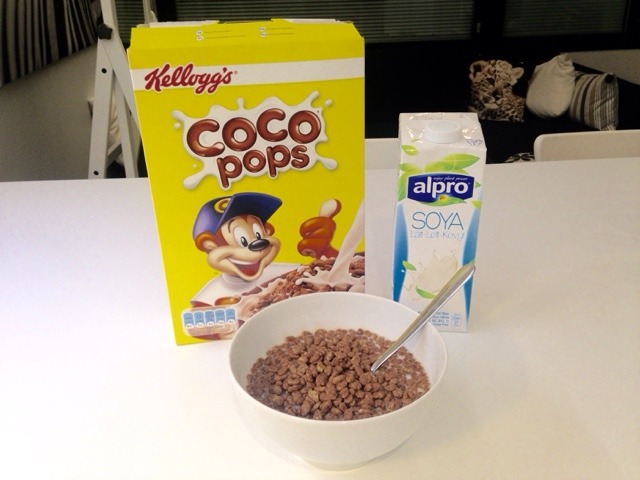Looking into the labels we typically see and love on a day to day basis, an online label company has researched brands that go by different names around the world and explained some of the reasoning behind these differences.
It might be trickier to get hold of your favourite cereal than you think around the world: Coco Pops by any other name might taste as sweet, but you’ll need to search for Cocoa Krispies on the supermarket shelves in the US, Choco Krispis in South America, and Choco Krispies across Europe. If you wanted a Burger King while visiting Australia, or fancied a KFC in Canada, good luck! You’d struggle to find and get directions to them when they’re known as Hungry Jack’s and PFK respectively.
They have designed an infographic highlighting the most common names for brands known by different names in various locations.
Wall’s Ice Cream is perhaps the biggest culprit for the largest number of different brands names around the world, however, their logo is generally recognisable everywhere with its swirling heart design, in a bold red and white colour scheme.
The reasoning behind brands having different names and logos in different countries is usually due to one of the following reasons:
- Language – for example, Kentucky Fried Chicken is known by PFK in Canada’s French-speaking Quebec region due to local laws dictating that the restaurant takes the initials of the French name, Poulet Frit Kentucky.
- Existing brands and trademarks – when Burger King expanded into Australia, it quickly became apparent that their iconic name was already being used. As a result, Hungry Jack’s was named after the Australian franchisee, Jack Cowin – a name they already held trademarks for.
- Translation issues – the Chevrolet Nova might have sounded like a good idea in English, but to those who understood Spanish, the translation of “no va” as “doesn’t go” isn’t the best option for a new car.
- Previous connotations – across Europe, Diet Coke is known as Coca-Cola Light as the word “light” is associated more with lower-calorie items than “diet” is in these areas.
Speaking of the research, Philip Carlyn, Managing Director at Data Label, said:
“It’s interesting to see just how many brands go by different names around the world – what we’ve outlined in this infographic is just a snippet of the many examples we’ve looked into. The reasoning behind these differences also highlights the need for proper research into branding before launching a new company to avoid any potential trademark or translation issues, particularly if you’re looking to expand in future.”



